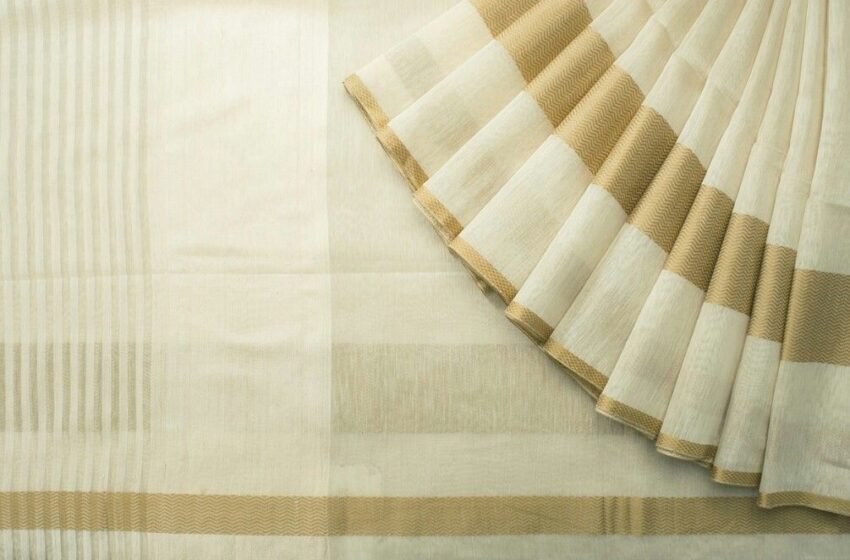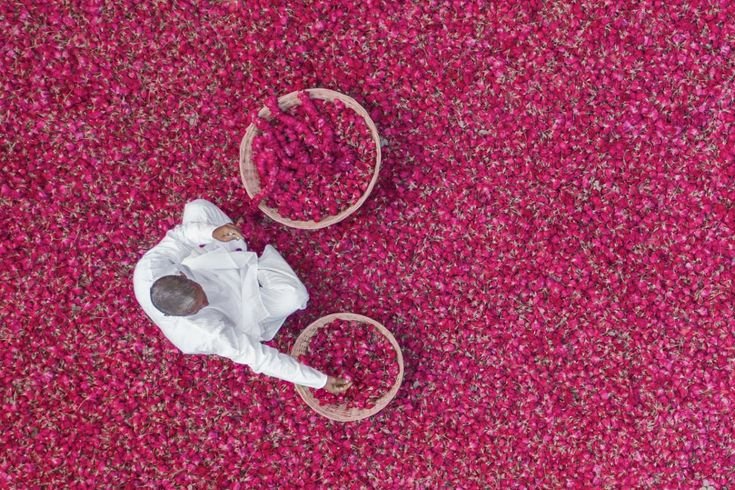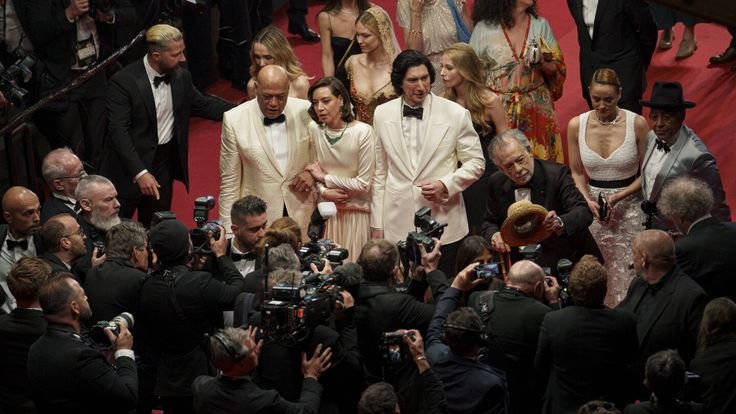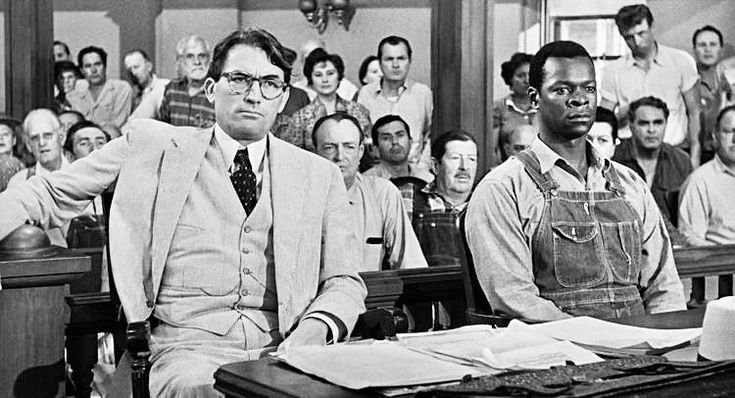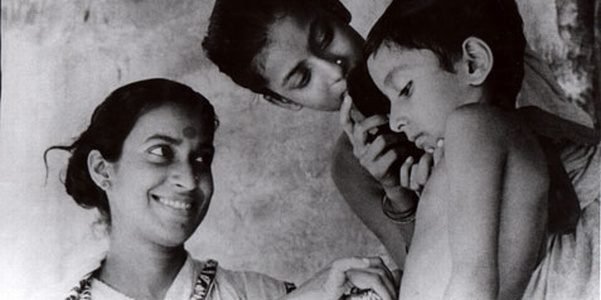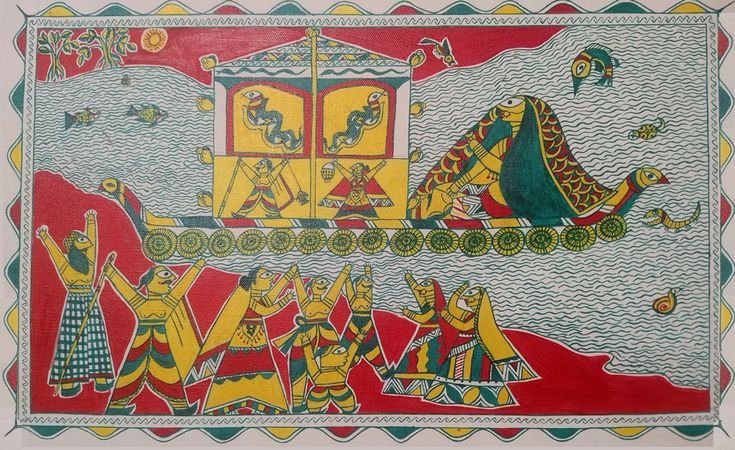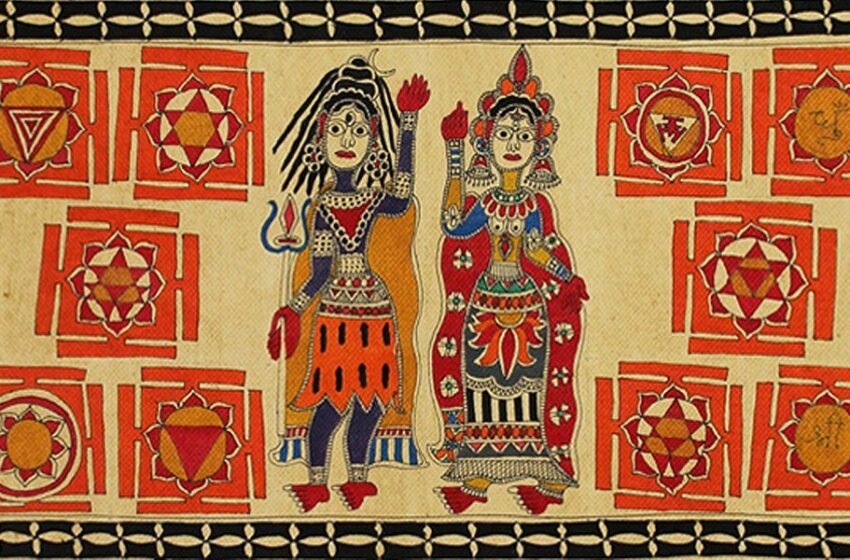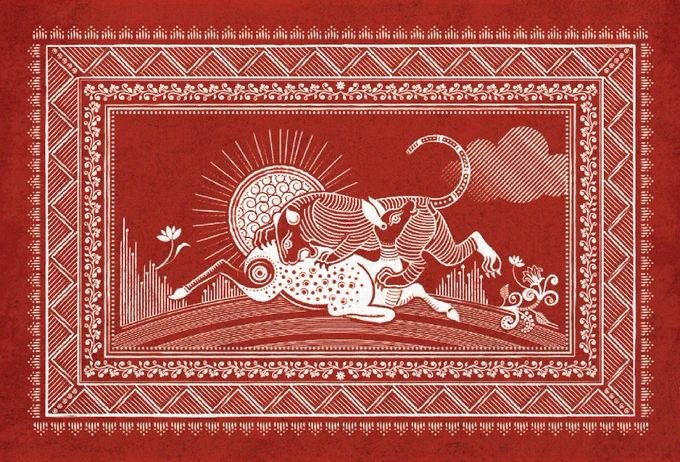Kasavu Saree: Weaving Kerala’s Golden Heritage Through Threads of Time
– Bhoomee Vats Used in the border of the saree and not in the saree itself, the term “kasavu” refers to the Zari that is used in the border of the famous Kerala sarees, making it the name of the material which is used in the manufacturing process of the saree. Extending this term, when […]Read More
